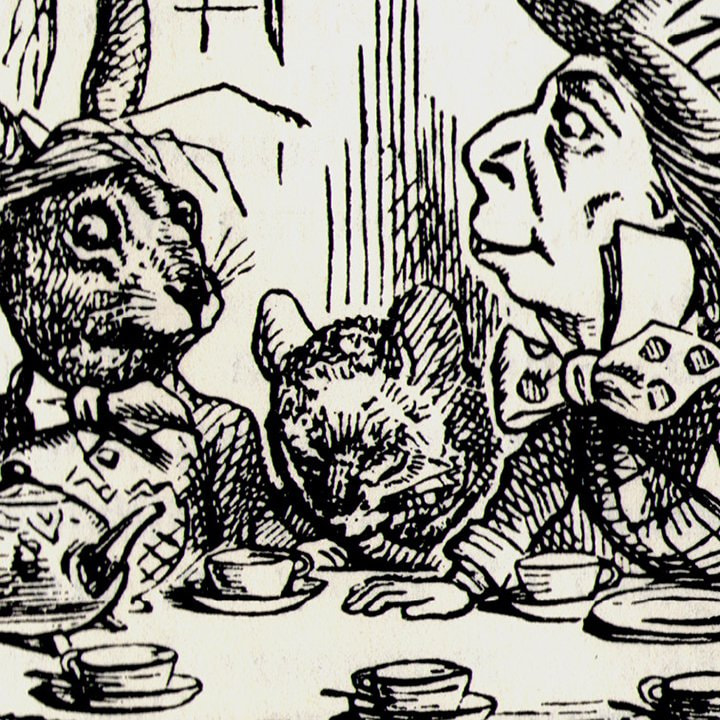Logic, language, and cognition in Lewis Carroll’s book are the main themes of the lecture.
Lewis Carroll’s tales about Alice are some of the most highly quoted and referenced books ever written in English. Philosophers, psychologists, mathematicians, physicians, and ordinary readers from all parts of the world find a lot of hidden meanings on their pages. Perhaps, it can be explained by the fact that Carroll’s writing stems from unrestrained imagination, as the author said himself, as if he didn’t ascribe any moral, or great conception to it, and his riddles never implied precise answers. This is why the reader feels an equal participant in those magical adventures, not just the unexpected transportations and fantastical size changes, but also in more sophisticated transitions—the adventures of logic. Subjects and predicates are mixed up, causal relationships are turned inside out, and induction simulates deduction. Carroll completely deconstructs language: there are few authors who have done the same with its syntax, semantics, and pragmatics. The mad creatures in his tales are mad not because they have lost the ability to use formal logic or build a grammatically correct phrase—they are mad because they no longer correlate their cognitive tools with other logical systems and the world in general. They are not interested in learning and understanding, since they have their own minor logical laws for individual pleasure. Alice, however, is trying to measure the whole world using these tools, seeing the logic of cognition in the very mechanisms of nonsense and paradox. Absurd presuppositions often lead to correct conclusions. And the grateful reader, guided by the author and his heroine, discovers the world from an absolutely amazing perspective.
“Let us look first at the doublet of the Hatter and the March Hare in Alice: each of them lives in our direction, but the two directions are inseparable; each direction subdivides itself into the other, to the point that each are found in either. Two are necessary to be mad; one is also mad in tandem. The Hatter and the Hare went mad together the day they “murdered time,” that is, the day they destroyed the measure suppressed the pauses and the rests which relate quality to something fixed. The Hatter and the Hare killed presence which no longer survives between them except in the sleepy image of the Dormouse, their tortured companion. But also this present no longer subsists in the abstract moment, at tea time, being indefinitely subdivisible into past and future. The result is that they now change places endlessly, they are always late and early, in both directions at once, but never on time.”
(Gilles Deleuze, The Logic of Sense, 1969. Translated by Mark Lester)

